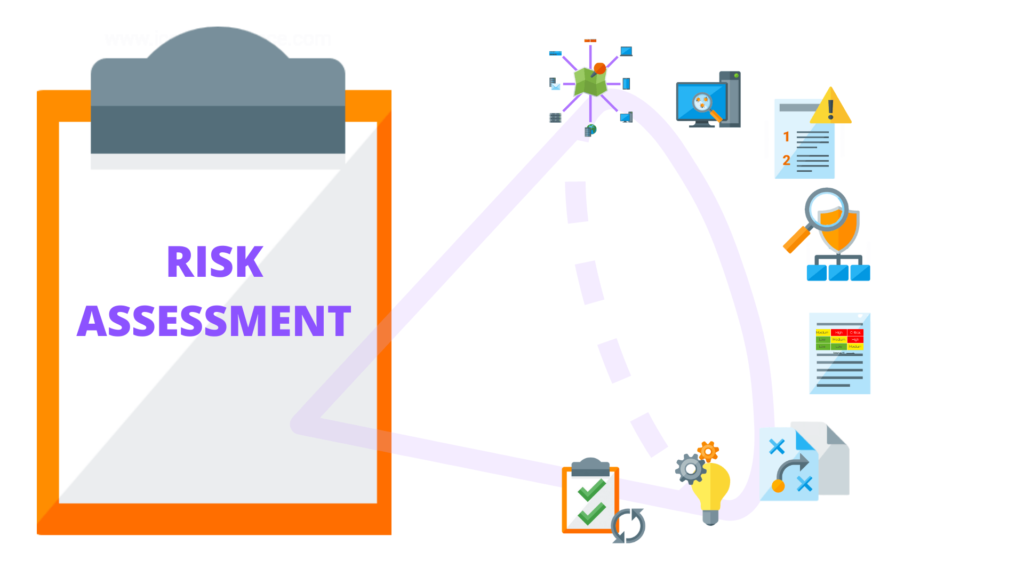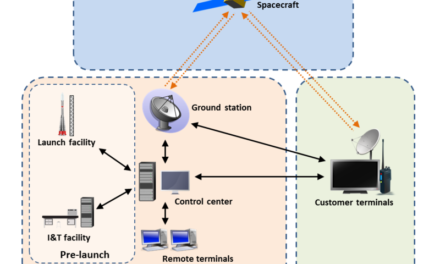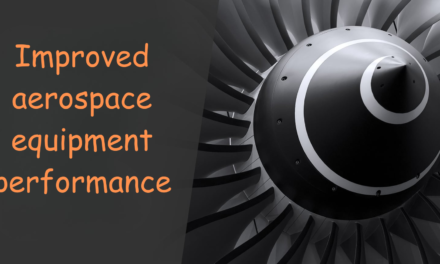Risk assessment and threat analysis services are critical for enhancing defense preparedness as they provide a structured approach to identifying, evaluating, and mitigating risks and threats to national security. These services enable military and defense organizations to anticipate potential challenges, allocate resources effectively, and maintain operational readiness. Here’s how they contribute to defense preparedness:
1. Identifying Threats and Vulnerabilities
- Role: Analyze current and emerging risks to identify potential threats and weaknesses.
- How It Works:
- Use intelligence data, geopolitical analysis, and historical patterns to assess adversaries’ capabilities and intentions.
- Evaluate vulnerabilities in defense infrastructure, operations, and systems.
- Example:
- Detecting potential cyberattack entry points in critical communication networks.
2. Prioritizing Risks
- Role: Focus resources on the most significant threats based on their likelihood and impact.
- How It Works:
- Categorize risks into high, medium, and low priority using risk matrices and scoring systems.
- Balance the likelihood of an event with its potential consequences.
- Example:
- Assigning higher priority to missile defense in regions facing ballistic missile threats.
3. Supporting Strategic Decision-Making
- Role: Provide actionable insights to guide defense strategies and policies.
- How It Works:
- Combine threat analysis with scenario planning to inform decision-makers.
- Offer recommendations on force structuring, resource allocation, and operational strategies.
- Example:
- Advising on troop deployment strategies to counter emerging threats in a conflict zone.
4. Enhancing Situational Awareness
- Role: Provide real-time insights into the operational environment.
- How It Works:
- Monitor developments in key regions using intelligence, surveillance, and reconnaissance (ISR) platforms.
- Use predictive analytics to anticipate shifts in adversary behavior.
- Example:
- Satellite surveillance detects troop movements near a contested border, allowing for preemptive actions.
5. Proactive Risk Mitigation
- Role: Develop and implement measures to reduce the likelihood and impact of identified risks.
- How It Works:
- Design contingency plans, enhance cybersecurity defenses, and reinforce critical infrastructure.
- Deploy countermeasures such as electronic warfare systems or anti-missile defenses.
- Example:
- Installing anti-drone systems at key military installations to mitigate UAV threats.
6. Facilitating Multi-Domain Preparedness
- Role: Address threats across land, sea, air, space, and cyber domains.
- How It Works:
- Assess vulnerabilities specific to each domain and provide tailored mitigation strategies.
- Example:
- Analyzing the risk of satellite disruptions in space and advising on counter-space technologies.
7. Enhancing Cybersecurity Resilience
- Role: Protect defense networks and systems from cyber threats.
- How It Works:
- Conduct vulnerability assessments and penetration testing to identify weaknesses.
- Develop strategies for responding to cyberattacks and mitigating damage.
- Example:
- Implementing zero-trust architecture to secure critical military communication systems.
8. Supporting Crisis and Contingency Planning
- Role: Prepare for worst-case scenarios to ensure rapid and effective responses.
- How It Works:
- Use wargaming and scenario-based exercises to test responses to simulated threats.
- Develop detailed contingency plans, including resource allocation and evacuation strategies.
- Example:
- A contingency plan for chemical or biological attacks during military operations.
9. Improving Resource Allocation
- Role: Optimize the use of defense budgets and assets based on identified risks.
- How It Works:
- Recommend investments in capabilities and technologies that address the most critical threats.
- Avoid unnecessary expenditures on low-priority risks.
- Example:
- Allocating funds for advanced missile defense systems in regions with a high risk of ballistic threats.
10. Strengthening Collaboration and Interoperability
- Role: Enhance coordination between allied forces and agencies.
- How It Works:
- Share threat intelligence and risk assessments with partner nations.
- Develop joint response plans for multinational operations.
- Example:
- NATO conducting joint threat assessments to counter hybrid warfare tactics.
11. Adapting to Emerging Threats
- Role: Stay ahead of evolving risks, such as cyberattacks, hybrid warfare, and autonomous weaponry.
- How It Works:
- Continuously update risk assessments to reflect changes in the operational environment.
- Research and develop countermeasures for new technologies and tactics.
- Example:
- Identifying risks posed by AI-enabled drone swarms and developing jamming technologies.
12. Enhancing Decision-Making in Real-Time
- Role: Provide commanders with timely and accurate information during operations.
- How It Works:
- Use integrated data from multiple sources to generate actionable insights.
- Employ AI and machine learning to analyze data quickly and identify trends.
- Example:
- Real-time threat analysis during a naval operation informs fleet positioning and engagement strategies.
13. Integrating Technology in Risk Assessment
- Role: Leverage advanced tools to improve the accuracy and efficiency of risk analysis.
- How It Works:
- Use AI for predictive threat modeling and big data analytics for trend identification.
- Deploy IoT sensors to monitor critical infrastructure and detect anomalies.
- Example:
- AI-driven systems flag unusual patterns in radar data, indicating potential stealth aircraft activity.
14. Challenges in Risk Assessment and Threat Analysis
- A. Data Overload:
- Processing and analyzing vast amounts of data from various sources can be challenging.
- B. Rapidly Evolving Threats:
- Staying ahead of adversaries’ advancements requires continuous updates and innovation.
- C. Limited Resources:
- Balancing resource allocation between immediate needs and long-term risks is complex.
- D. Interagency Coordination:
- Ensuring seamless collaboration between defense, intelligence, and other agencies can be difficult.
15. Future Trends in Risk Assessment and Threat Analysis
- A. AI-Driven Threat Prediction:
- Advanced AI models will predict risks more accurately and provide actionable recommendations.
- B. Quantum Computing:
- Enhanced computational power will improve data analysis and cryptographic security.
- C. Autonomous Monitoring:
- Drones and robots equipped with sensors will provide real-time risk monitoring in contested areas.
- D. Multi-Domain Integration:
- Unified platforms will assess risks across all domains, ensuring holistic preparedness.
Conclusion
Risk assessment and threat analysis services are indispensable for defense preparedness, enabling military organizations to anticipate, prioritize, and address potential risks effectively. By leveraging advanced technologies, fostering collaboration, and implementing proactive measures, these services enhance operational readiness and resilience against a wide range of threats. As the global security environment evolves, these services will continue to be a cornerstone of strategic defense planning.
Hashtags
#DefenseRiskAssessment #ThreatAnalysisServices #RiskAndThreatManagement #DefensePreparedness #StrategicRiskAnalysis #EnhancingDefensePreparedness #ProactiveDefensePlanning #ThreatMitigationStrategies #DefenseReadinessTech #OperationalRiskManagement #MissionPreparedness #TechnologicalAdvancements #AIInRiskAssessment #AdvancedThreatAnalysis #SmartDefenseSolutions #NextGenRiskManagement #CyberThreatAssessment













